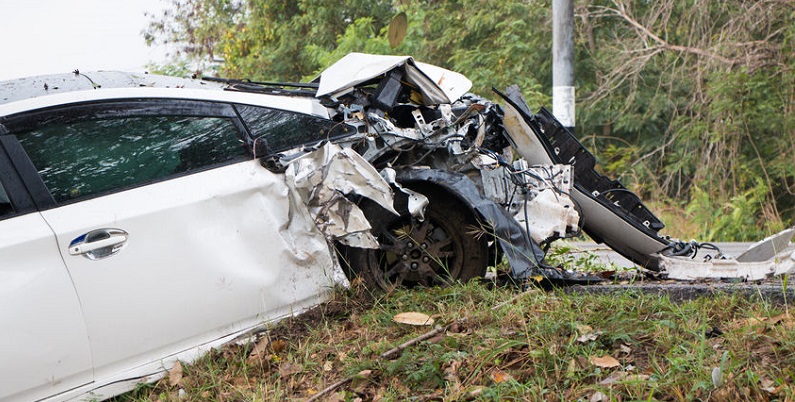Every 49 minutes in the United States, a person dies in an alcohol-related auto accident. Some authorities now believe lowering the legal limit of BAC will lead to fewer traffic fatalities.
Officials Look to Past Changes to Predict Future Outcomes
Government agencies and nonprofits have spent millions of dollars on educating drivers about the dangers of drinking and driving. Unfortunately, the message seems to be falling on deaf ears. Yes, there has been some progress, but not nearly enough as more than 10,000 people die in alcohol-related crashes annually. As a result, a growing number of authorities believe that the United States should lower the legal BAC level to .05% to decrease alcohol-related crashes and traffic accidents.
What Exactly Is BAC?
Most people are probably aware that a BAC level of .08% is considered legally drunk, and if caught driving in this condition, severe penalties apply. Sadly, for way too many people, the consequence of driving drunk is death as in the U.S., every 49 minutes a person dies in an alcohol-related auto accident. A report was released that questioned whether the United States should lower the legal BAC to .05%, which some authorities say would dramatically cut down on the number of alcohol-related deaths.
To better understand this, let’s begin with BAC, which can be measured three different ways – through a breath test, a blood test, or a urine sample. The most common test utilizes the breathalyzer to analyze BAC in a person’s breath. If a police officer stops you and suspects you of driving under the influence, you will be asked to blow into a breathalyzer, which determines the concentration of alcohol in your bloodstream and registers that with a number.
If you show a BAC of .08% or higher, you are considered legally intoxicated. However, that doesn’t mean if your BAC is lower you aren’t impaired. On the contrary. Depending on your height and weight, even one drink can impair you.
NTSB Believes a Lower Threshold Will Help Decrease Fatalities
The National Transportation Safety Board (NTSB) is the agency recommending that all states lower the legal BAC limit to .05% and notes that there is a history that highlights setting lower BAC levels can reduce fatal auto accidents. In 2000, all states lowered the rate from .10 to the current .08 limit, and with the decrease, states saw a 10.4% reduction in alcohol-related fatalities. After conducting more research, NTSB believes if states reduced the BAC legal limit to .05, a reduction in impaired-related auto accident fatalities of 11.1 percent could be seen, which equates to saving some 1,790 lives annually.
Colorado is one state that addresses BAC legal limits a bit differently. In Colorado, drivers under 21 years of age have a legal BAC limit of .02%. Those older than 21 cannot exceed .08. However, drivers over 21 can still be charged if caught driving with a BAC between 0.05-0.79%. The charge is known as driving while ability impaired (DWAI). Also, know that Colorado is an “express consent” state. That means, if you have a state driver’s license, by law, you must consent to a BAC test if law enforcement believes you are driving under the influence.
All drivers should know by now that alcohol, even the slightest amount, can interfere with your ability to drive safely. As stated in the NTSB report and reported on by one Denver newspaper, alcoholic beverages have changed over the years. As noted in the article:
“They are more affordable, of far greater variety, and more widely advertised and promoted than in earlier periods. The lack of consistency in serving sizes and the combination of alcohol with caffeine and energy drinks make it harder for drinkers to estimate their level of impairment.”
If you plan on drinking, don’t drive. It’s just that simple. Take a cab or appoint a designated driver so that you and others on the road don’t become a fatality statistic in 2018.

